Interpretive Signs
Welcome to Shelley Signs. We are a leading supplier of external signs and panels with particular expertise in Interpretive Signs. For a chat about the options phone Robert Shelley on 01743 460996 or to request more details complete this Enquiry Form
Shelley Signs offer a full service for Interpretive Signs – please follow these links for more information about our in-house design, submitting your own artwork, Framing Options, materials and general guidance about Interpretive Signs. Guidance on maps and popular styles can be found at the Maps link.
Also known as Interpretive board, panel,
Overview of Product
Interpretation Signs are used in country parks and open spaces. They provide a low-cost method to introduce the site to visitors in a friendly and informative manner. Consideration should be given to both the graphic design and creating an attractive framing structure appropriate to the environment. Interpretation signs should be written with a family audience in mind rather than trying to provide too much detail.
Interpretive signs play an important role in educating visitors and in influencing their behaviour on site. A good interpretive sign needs to be well designed with attractive illustrations and photographs and with text written in an attractive manner. It is disheartening to spend a significant amount of time designing and commissioning an interpretive sign only to see visitors ignore it.
The notes below should help clients understand the role of an interpretive sign and ensure that it is got right the first time.
Technical Spec
A successful interpretive sign will have been carefully planned in advance. No more than two themes should be explored on an interpretive sign and it is therefore important that rather than designing signs individually the requirements of the whole site are considered. Planning the interpretive or interpretation requirements for the entire site involves looking at the current profile of visitors, assessing the target profile, and considering the extent to which interpretive signs can help attract and retain visitors.
Once the target audience for the interpretive signs project has been reviewed consideration needs to be given to the content of each panel. There is a tendency for clients to wish to have a small number of large interpretive signs but often information can be far better presented by a series of small signs. Interpretation when presented on an outdoor or external sign must be accessible to a wide audience and large panels with too much content discourage visitors from reading the interpretive sign. At Shelly Signs, we recommend picking no more than two themes and keeping the message on the interpretive sign very concise.
For clients new to designing, managing and producing projects including interpretive signs there are a couple of very helpful courses run in the UK. Susan Cross runs a very interesting course based on planning interpretive signs and content called Lively Leaflets and Perky Panels – this course always lives up to its’ name and is thoroughly recommended. John Verka the interpretive expert from the US runs several courses at Plas Tan Y Bwlch which are thought-provoking and challenging about good quality interpretive signs.
In addition to the planning and design components, care needs to be taken with the materials and framing structures used for interpretive signs. Our recommendations concerning these are given in other briefing papers on the website.
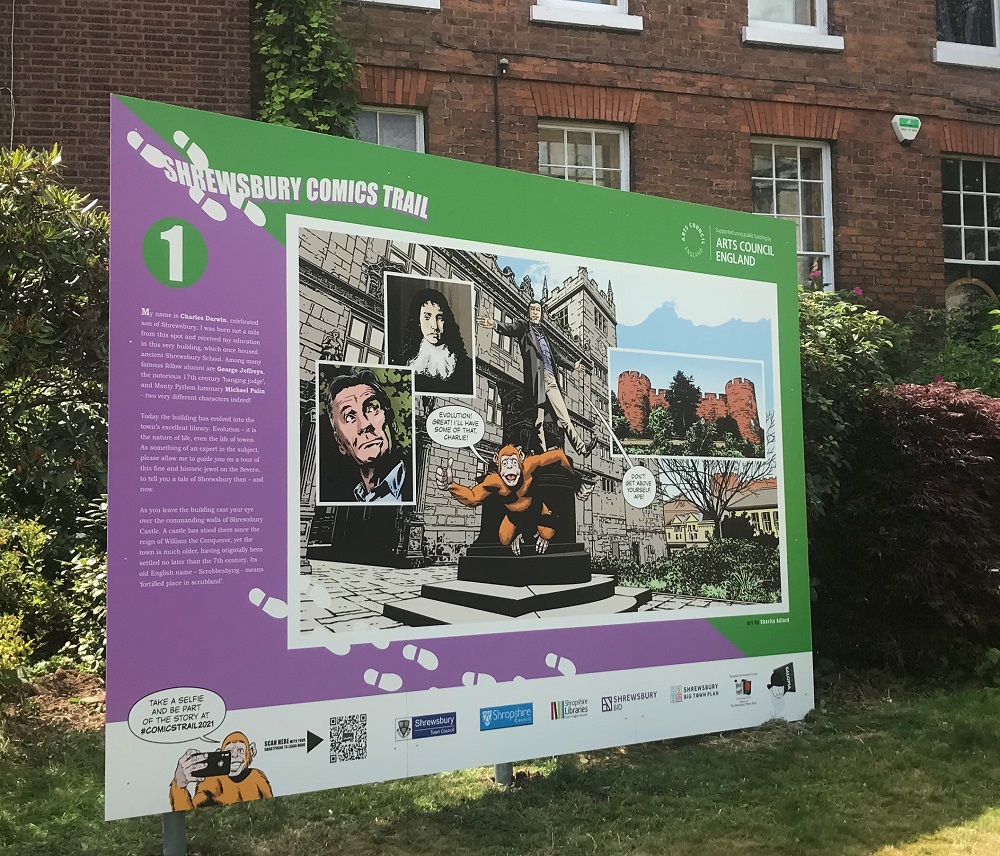
Interpretive trail signs
Will often be based around a map of the site which introduces footpaths, bridleways and other rights of way. Trail signs will often be supported by waymarker discs and smaller, site-specific, interpretive signs – these smaller signs are often at about A3 size and provide introductory information at specific points.
Photo Ref. 520
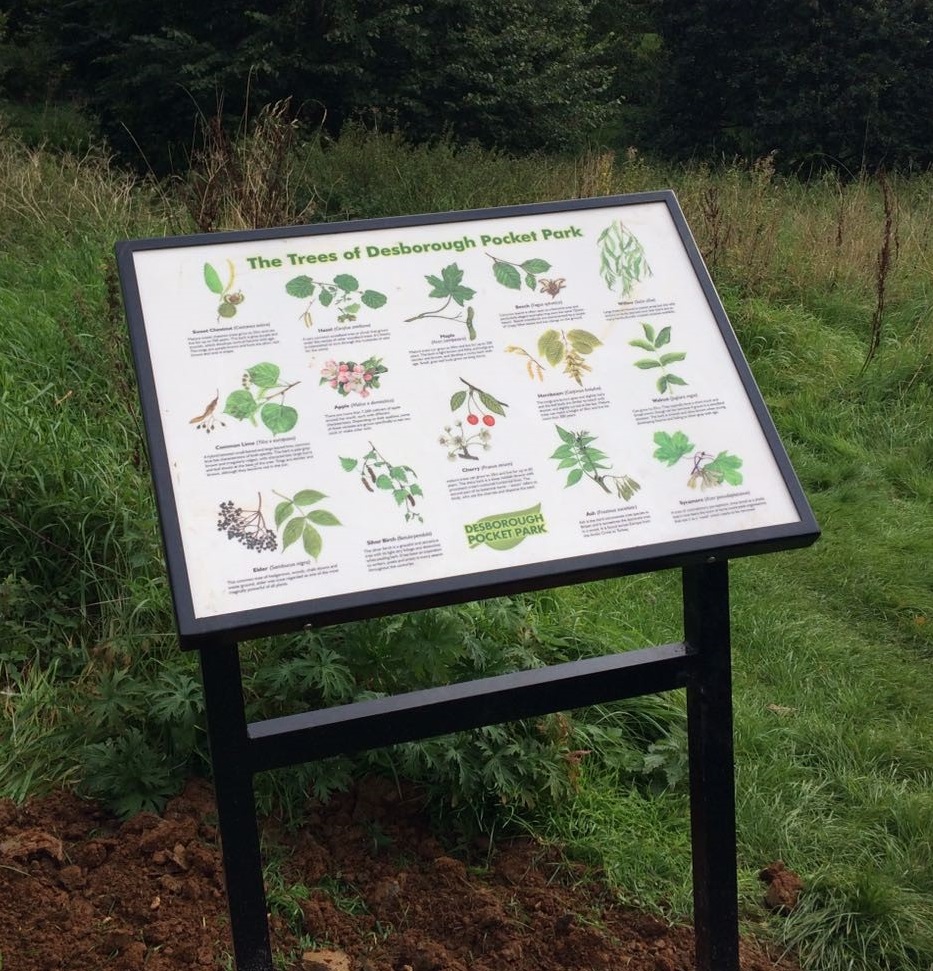
Native plant interpretive signs
are site-specific and focus on illustrating and explaining the significance of plants, flora and fauna found in the immediate area. A well-designed plant interpretive sign will be illustration based and will help visitors identify commonly seen species.
Photo Ref 521
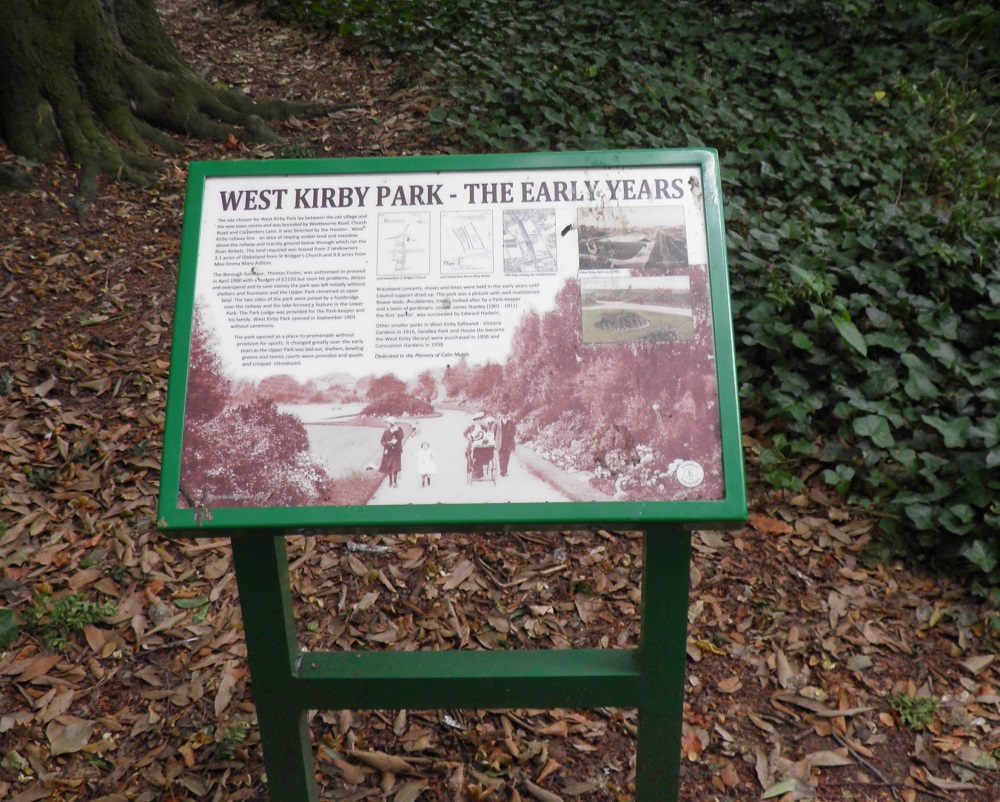
Interpretive signs for parks.
Many Parks have a fascinating history with interpretive signs being an ideal medium to explain that history and help place a park in context. Photos and old archive images are a simple but evocative way of presenting information in an interesting way.
Photo Ref 522
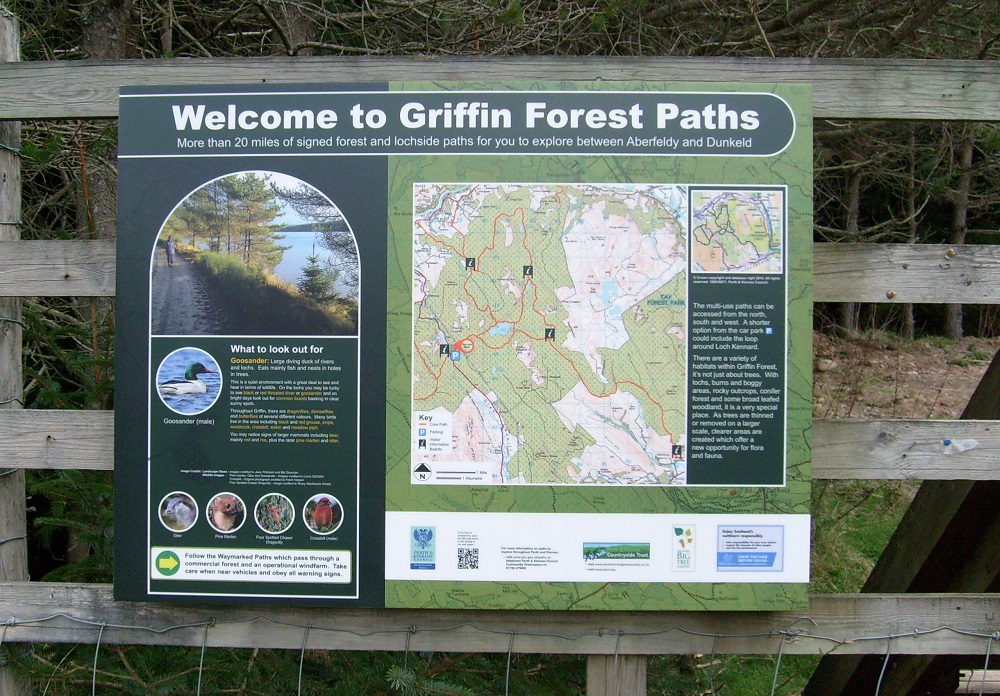
Interpretive nature trail signs.
Many sites base their interpretation around a small number of large signs but there are benefits of taking a trail based approach. Projects based on nature trail signs will present a series of smaller panels at specific locations – these will allow a specific feature to be explained in the right location.
Photo Ref 523
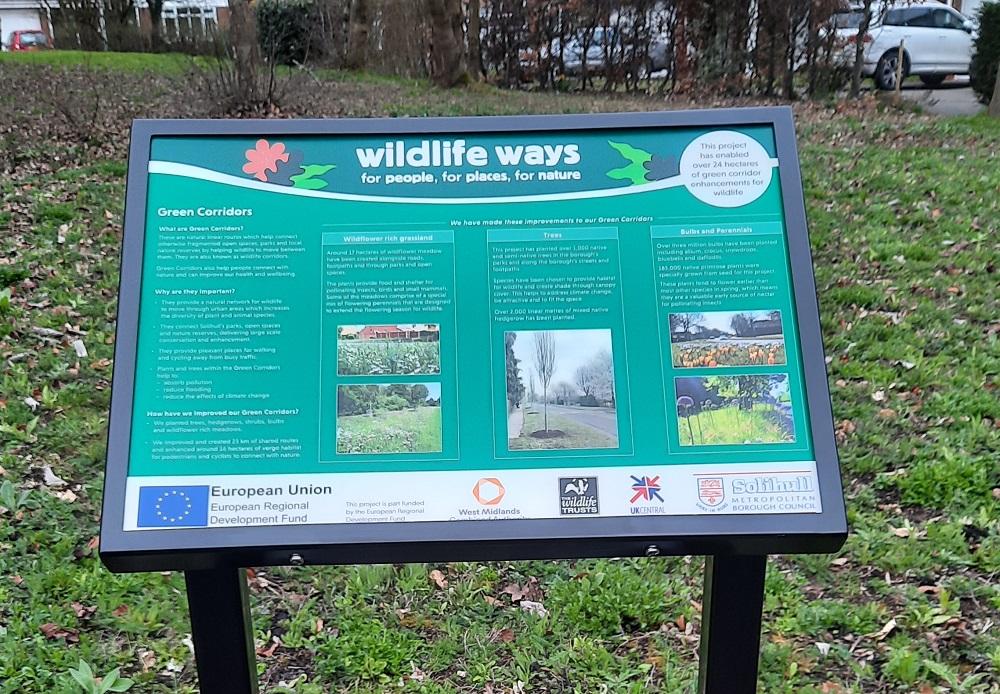
Interpretive nature signs.
Solihull Council have introduced a series of Green Corridors and made improvements to the areas with wildflower planting, trees, bulbs and perennials. The project and its importance was explained to visitors through the use of a series of interpretive nature signs in lectern frames across the Borough.
Photo Ref 524
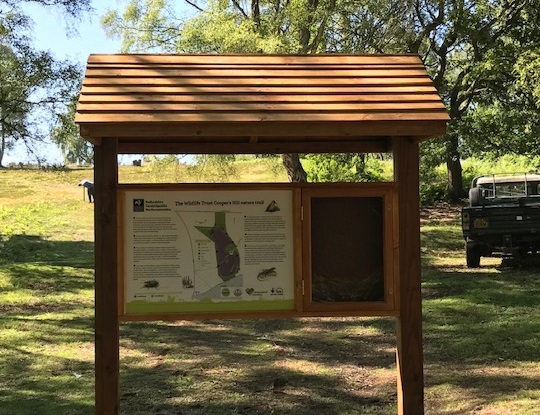
Interactive interpretive signs
can range from tactile signs in timber or metal which can meet accessibility requirements through to digital signage based on a closed website platform. The metal and timber option can present tactile text, maps, illustrations as well as Braille.
Photo Ref 525
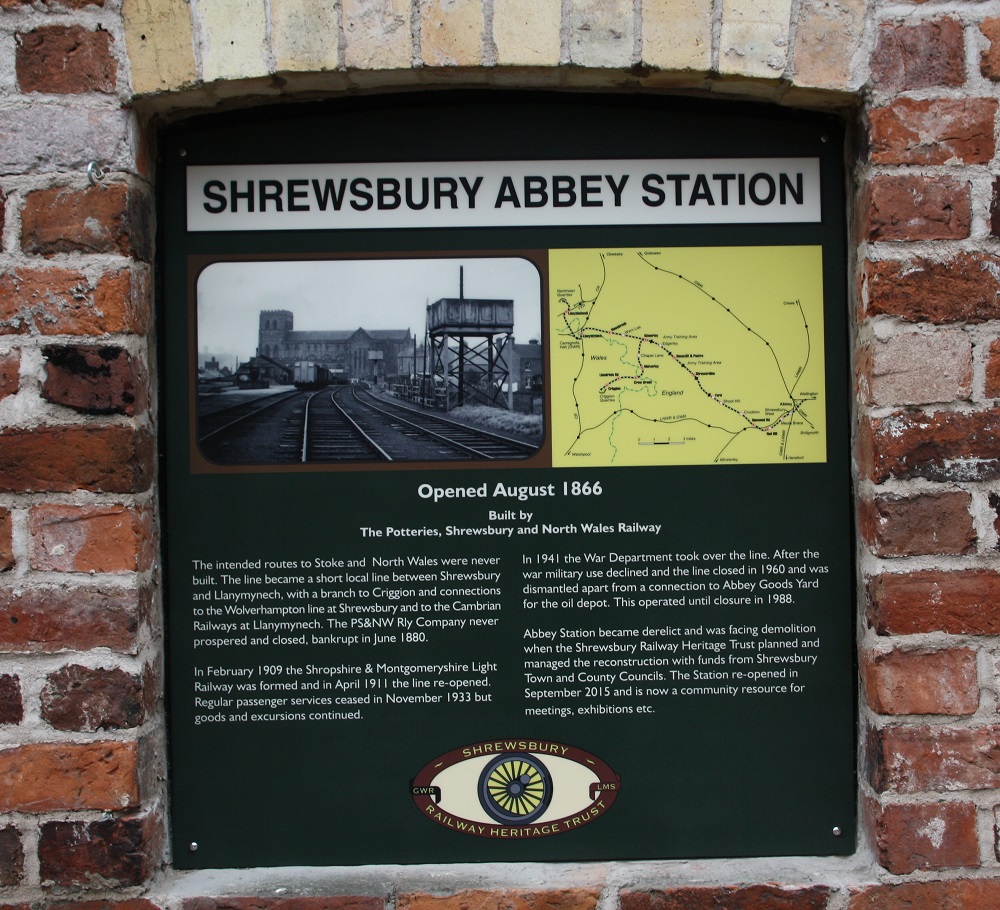
Historical interpretive signs.
The Friends of Abbey Station in Shrewsbury have undertaken significant repair and refurbishment work to the old station. From the outside, it was difficult to understand the significance of the building and a series of historical interpretive signs were designed and installed to explain the area to visitors.
Photo Ref 526
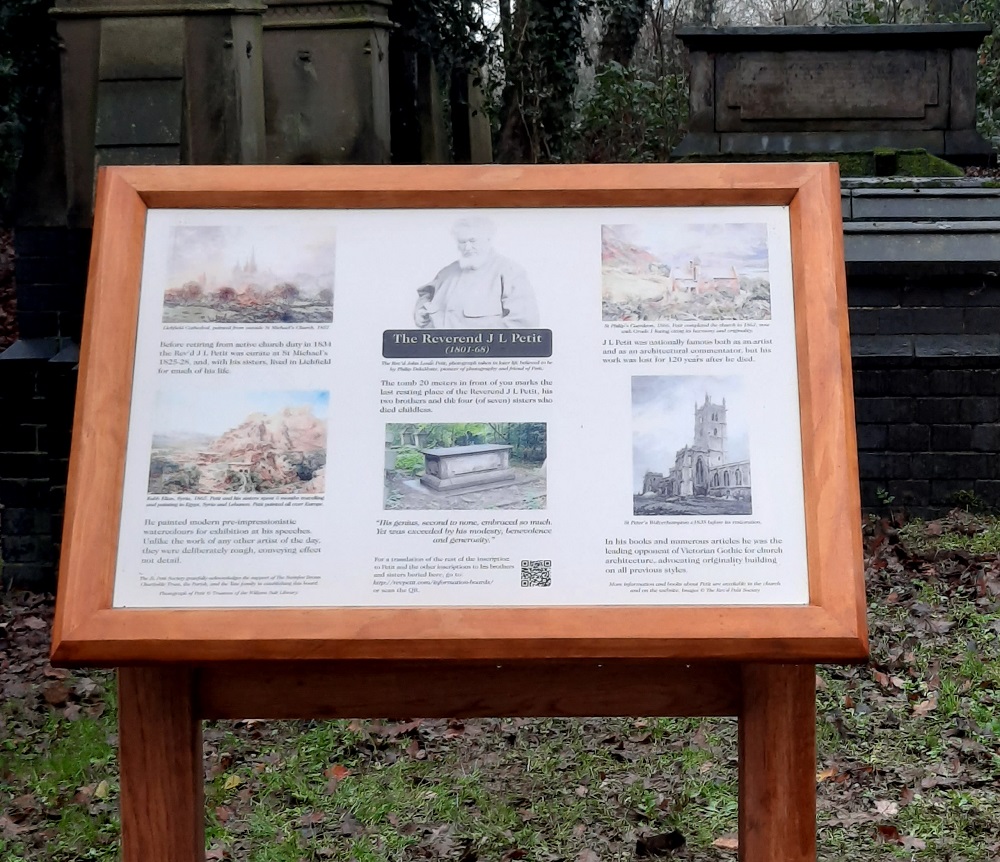
Heritage interpretation signs
are used to introduce the historical and heritage importance of an area. They often provide a brief life history of significant local individuals while the commercial or agricultural development of an area are popular topics. These signs are a low cost and popular way of communicating with visitors.
Photo Ref 527

Custom interpretive signs
are designed specifically for the site rather than being ‘off the shelf’ or stock items. The use of a custom sign is important for visitors as an important rule for interpretive signs is that they are relevant and interesting – if so they will be read, used and enjoyed.
Photo Ref 528
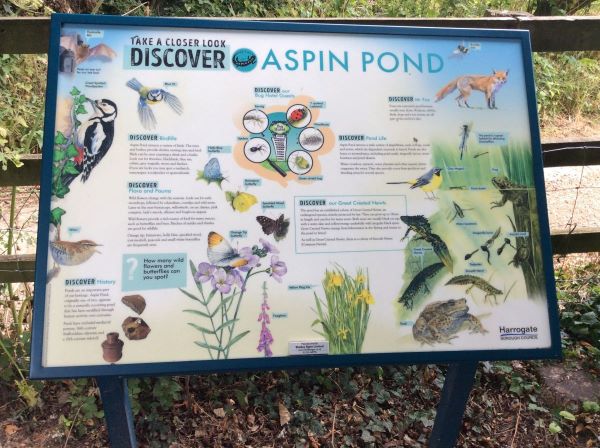
Countryside signs
are a simple but very effective way to introduce features of interest about the site to visitors. Countryside signs will frequently include illustrations of flora and fauna and wildlife seen at the site together with text explaining their importance.
Poto Ref 529
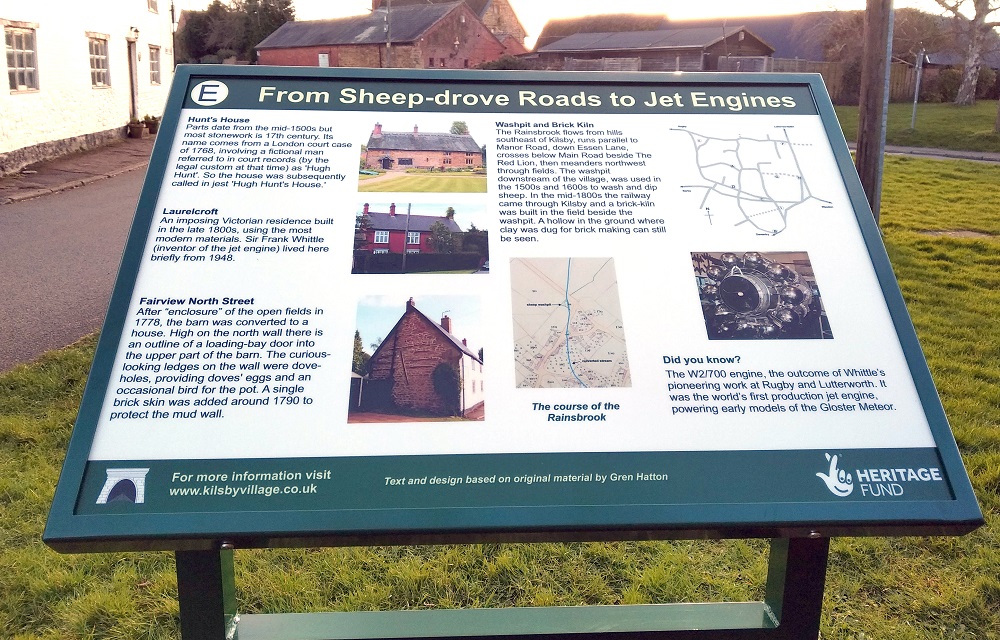
Outdoor historical signage
is used to explain the historical context of an area and to provide background information for old buildings and features of interest in an area. With attractive illustrations and well-written text, the historical significance of an area can be simply outlined.
Photo Ref 530
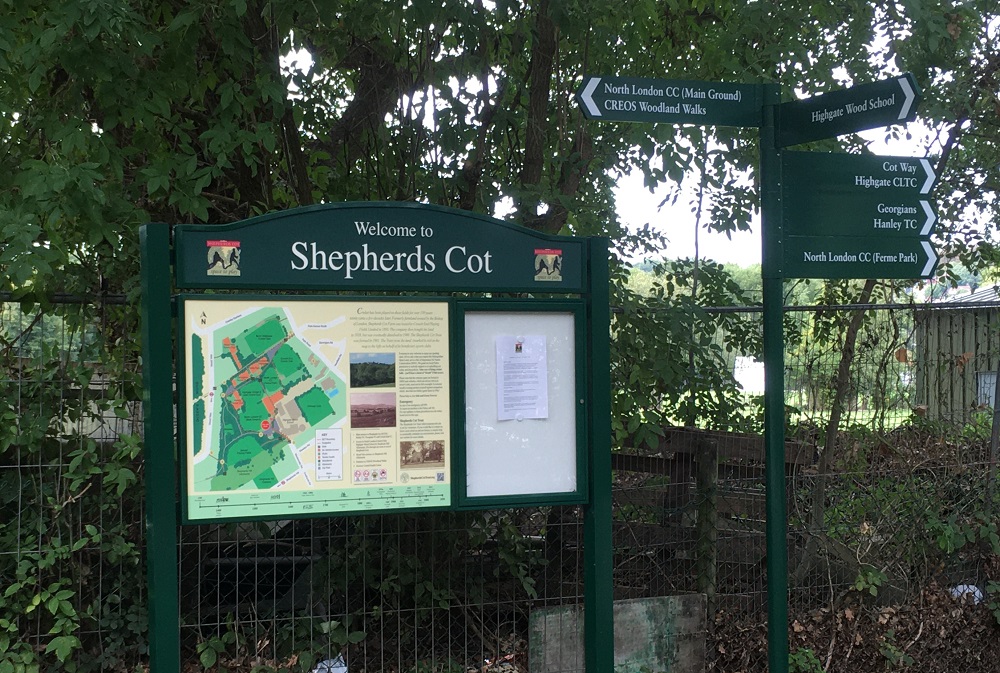
Park interpretive signage
can help inform visitors about the site and available activities while influencing their behaviour and providing directional information. Park interpretive signage often includes a map showing rights of way and frequently addresses natural history features.
Photo Ref 531
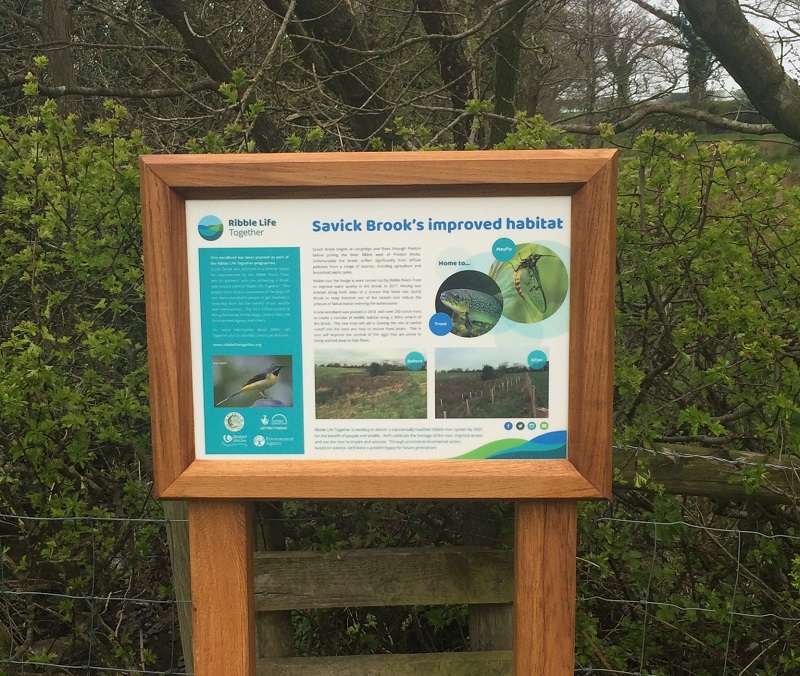
Outdoor interpretive signs
present to visitors important features of a site or public open space in a quick and accessible manner. Subjects interpreted frequently cover wildlife, natural history, local history and archaeology. Interpretation signs are often also used to influence the behaviour of visitors and explain about walks and public rights of way.
Photo Ref 532
| Interpretive signs cost will depend on size, quantity and fixing structure. A major consideration if artwork and design where costs must allow for research, copywriting and illustrations. Delivery and install costs must also be factored in and VAT if you are not VAT registered. This link to our Budget Prices page may help. | Best interpretive signs are attractive, easy to read and catch the attention of a visitor. An excellent approach is to follow Tilden’s Principles which in summary aim to reveal meanings and relationships through objects, experience and media. The best signs will be relevant, explain information, be thought-provoking and comprehensive. |
The Lions Club in Knutsford sponsored a series of heritage interpretation panels entitled Museum in the Street. The project consisted of a series of wall-mounted, post-mounted and lectern frame-mounted heritage interpretation signs. Each heritage interpretation panel included old black and white archive photographs which showed the history of the town in an evocative light. All these heritage interpretation panels were designed to a standard style and are displayed on the walls of public buildings, private houses and in a number of prominent town centre locations.
